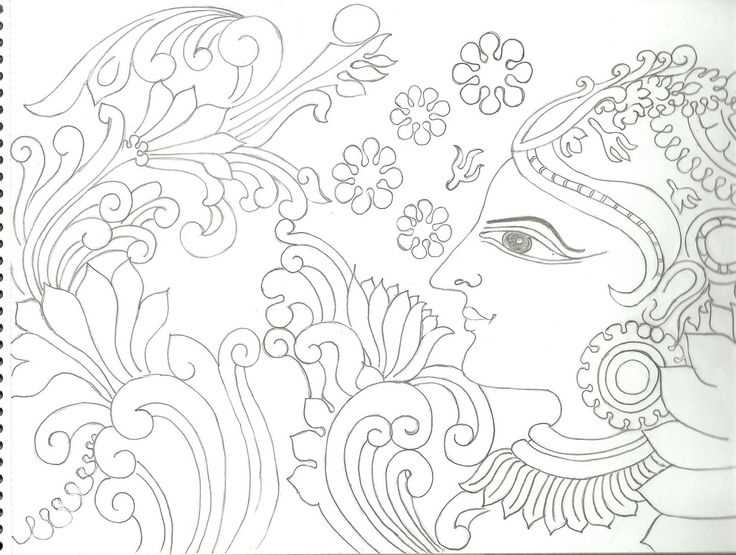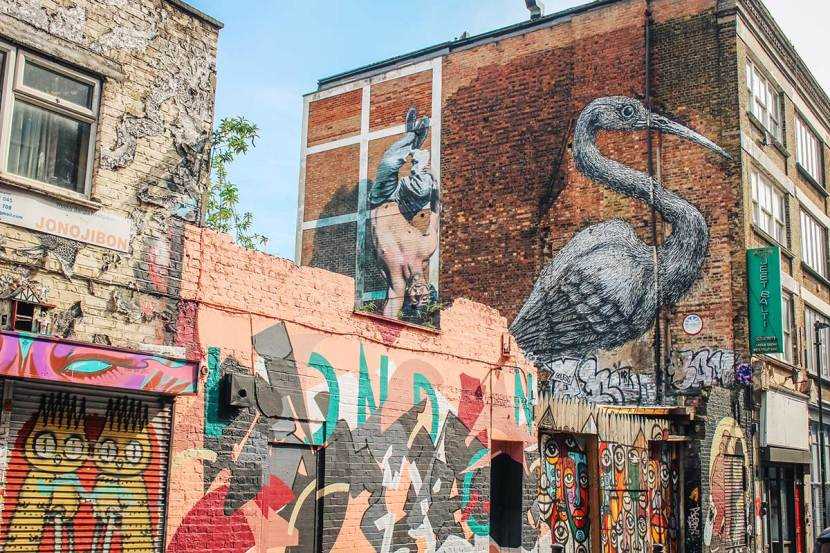
London is a city known for its rich history, iconic landmarks, and vibrant street art scene. One of the most captivating aspects of London’s street art culture is the prevalence of murals throughout the city. These larger-than-life paintings can be seen adorning the sides of buildings, underpasses, and even entire city blocks, adding a burst of color to the urban landscape.
From the trendy neighborhoods of Shoreditch and Camden to the bustling streets of Soho and Brixton, London’s murals have become synonymous with the city’s artistic identity. Each mural tells a unique story, reflecting the diverse cultures, social issues, and artistic expressions that define the city.
These incredible works of art are not just limited to renowned artists; they often serve as a platform for emerging talent to showcase their creativity and make a statement. London’s murals are not only visually striking, but they also provide a form of public art that is accessible to everyone, regardless of their background or knowledge of the art world.
Whether it’s a thought-provoking political message, a celebration of London’s multiculturalism, or a whimsical depiction of everyday life, the murals in London never fail to captivate and inspire. They serve as a testament to the city’s commitment to fostering creativity and providing a canvas for artists to express themselves freely.
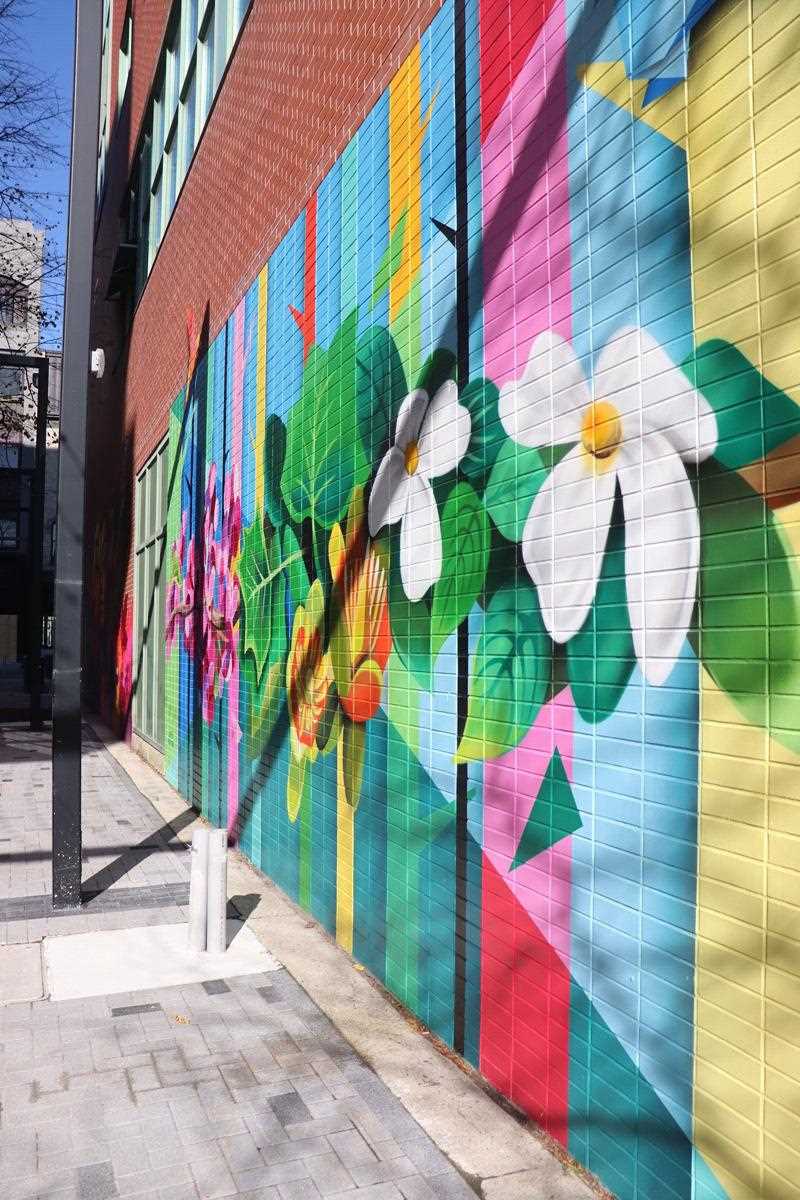
London has a rich history of street art, with the city serving as a canvas for artists from all over the world. Over the years, street art has evolved from simple tags and graffiti to intricate and vibrant murals that have become an integral part of the city’s cultural landscape.
The origins of street art in London can be traced back to the 1970s when young people began expressing themselves through graffiti. The underground movement gained momentum in the 1980s with the emergence of artists such as Banksy, who used stencils to create thought-provoking images that challenged the political and social status quo.
During the 1990s, street art in London shifted from rebellious and illegal activity to a more accepted and celebrated form of artistic expression. This change was partly due to the rise of artists like D*Face and Eine, whose work started to gain recognition in the mainstream art world.
Today, street art in London has become a tourist attraction, with visitors flocking to neighborhoods such as Shoreditch and Camden to see the latest murals and graffiti pieces. The city has embraced street art as a vital part of its identity and has implemented initiatives to protect and preserve these artworks.
| Year | Major Artists | Key Developments |
| 1970s | – | Emergence of graffiti as a form of self-expression |
| 1980s | Banksy | Introduction of stencils and political themes |
| 1990s | D*Face, Eine | Recognition of street art as a legitimate art form |
| Present | – | Street art as a tourist attraction and integral part of London’s cultural landscape |
London’s street art scene continues to evolve, with new artists constantly pushing the boundaries of what is possible. The city’s vibrant and diverse art scene ensures that there is always something new and exciting to discover on its streets.
The Role of Murals in Celebrating Diversity
Murals in London play a significant role in celebrating the diversity that defines the city. With its rich history and multicultural population, London has become a melting pot of cultures, languages, and traditions. Murals not only bring art to the streets but also serve as a visual representation of the diverse communities that call London home.
These colorful street paintings act as a medium for expressing the values and identities of different cultural groups. They showcase the vibrant and multicultural nature of the city, reminding both residents and visitors of the importance of embracing and celebrating diversity.
Through powerful imagery and meaningful symbols, murals promote a sense of pride and unity among various ethnic communities. They tell stories of struggles, triumphs, and shared experiences, breaking down barriers and fostering understanding between people of different backgrounds.
The Power of Representation
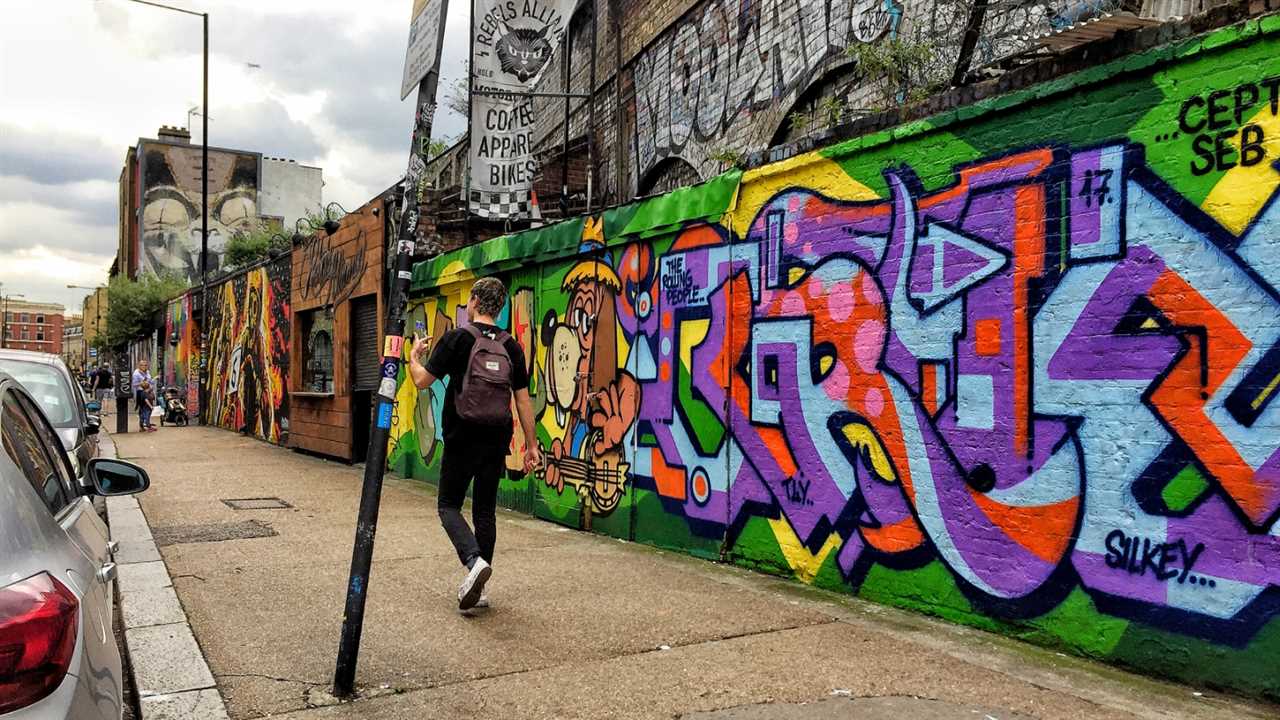
Representation is a crucial aspect of murals, as they give voice to marginalized communities and highlight their contributions to society. They provide a platform for underrepresented groups to express their heritage, culture, and history, and to be seen and acknowledged by the wider community.
Murals featuring diverse faces and narratives challenge stereotypes, combat prejudice, and promote inclusivity. They give people a chance to see themselves reflected in public spaces, fostering a sense of belonging and inspiring others to embrace their own unique identities.
Mural Projects as Community-Building Initiatives
Creating murals often involves collaboration between artists, local residents, and community organizations. These projects provide an opportunity for people from different cultural backgrounds to come together, share their stories, and create something meaningful that reflects their collective experiences.
The process of planning and painting murals can also be a catalyst for conversation and dialogue. It encourages open communication and understanding, bringing people closer and fostering community cohesion.
Conclusion
Murals in London serve as powerful symbols of diversity, representation, and community. They celebrate the multitude of cultures, languages, and traditions that make up the fabric of the city, while also promoting inclusivity, understanding, and unity. By embracing and showcasing its diversity through art, London continues to inspire and captivate both residents and visitors alike.
Famous Mural Artists in London
London is home to a vibrant and diverse street art scene, with some of the world’s most talented mural artists leaving their mark on the city’s walls. These artists use various techniques and styles to create breathtaking works of art that not only beautify the streets but also tell important stories and capture the essence of the city. Here are a few famous mural artists in London:
1. Banksy
No list of famous mural artists in London would be complete without mentioning Banksy. Known for his politically charged and thought-provoking stencil graffiti, Banksy has become a legendary figure in the world of street art. His anonymous identity adds an air of mystery to his work, which often criticizes government policies and societal norms. Banksy’s murals can be found all over London, and they have become iconic symbols of the city’s urban landscape.
2. Shok-1
Shok-1 is another renowned mural artist who has made a significant impact on London’s street art scene. He is known for his unique style of x-ray and skeletal imagery, which he combines with colorful and abstract elements. Shok-1’s murals often explore themes of science, technology, and the human body, creating visually striking and thought-provoking pieces.
3. Conor Harrington
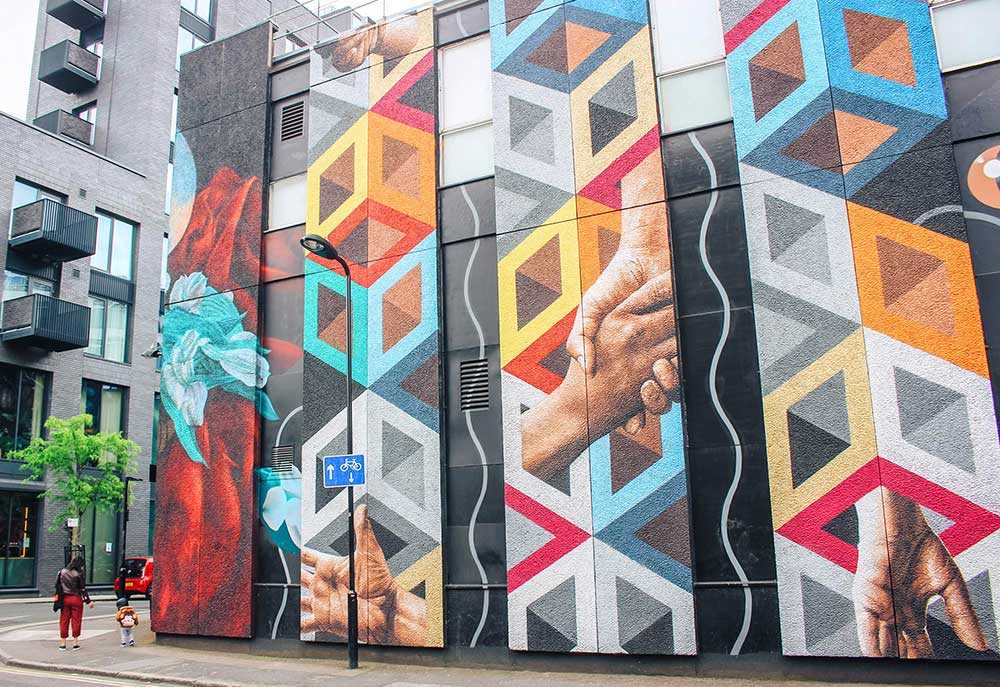
Conor Harrington is an Irish-born artist who has made a name for himself in London. His murals combine classical painting techniques with street art aesthetics, creating a unique blend of traditional and contemporary art. Harrington’s works often depict historical figures or scenes, merging the old and the new to create powerful and visually stunning compositions.
These are just a few examples of the many talented mural artists who have left their mark on London’s walls. Their works not only add color and beauty to the city but also spark conversations and raise important social and political issues. Exploring the streets of London and discovering these murals is truly a captivating experience.
Whatever your artistic preferences may be, there is no denying the incredible talent and creativity of these famous mural artists in London.
Exploring London’s Mural Hotspots

If you’re an art lover visiting London, exploring the city’s vibrant street art scene is a must. From large-scale murals to hidden gems tucked away in narrow alleyways, London’s mural hotspots showcase the diverse talent and creativity of the city’s artists.
One of the most well-known mural hotspots in London is Shoreditch. This trendy neighborhood is filled with colorful and unique street art pieces, turning the area into an open-air gallery. As you stroll through the streets of Shoreditch, you’ll come across breathtaking murals depicting everything from abstract designs to intricate portraits.
Brick Lane is another hotspot for mural enthusiasts. This famous street in East London is known for its vibrant atmosphere and diverse street art. The murals here often reflect the multicultural nature of the neighborhood, featuring imagery that celebrates different cultures and community identities.
Camden Town is another area of London that boasts a vibrant street art scene. Known for its alternative culture and bustling markets, Camden is filled with colorful murals and graffiti, adding to the area’s quirky and eclectic vibe.
When exploring London’s mural hotspots, keep in mind that street art is ever-changing and dynamic. What you see today may not be there tomorrow, as new pieces replace older ones. So, be sure to capture the moment and appreciate the creativity that covers the walls of this lively city.
The Cultural Impact of Murals
Murals have a deep cultural impact on the city of London. These colorful street paintings help define the city’s character and create a sense of place for residents and visitors alike.
On a practical level, murals serve as landmarks and wayfinding tools, helping people navigate the streets of London. They provide a visual reference point and can help make an unfamiliar area seem more familiar.
But murals also have an emotional impact. They have the power to inspire, provoke thought, and spark conversation. They can communicate a message or convey a sense of beauty and creativity.
Additionally, murals often reflect the cultural diversity of London. Many murals feature themes and imagery that celebrate different cultures and communities, such as representations of historical figures, iconic landmarks, and traditional art forms. This helps to foster a sense of inclusivity and respect for the city’s diverse population.
The presence of murals also contributes to the overall aesthetic appeal of London’s streets. They add color and vibrancy to otherwise dull or neglected areas, transforming them into lively and engaging spaces. Walking through a neighborhood adorned with murals can be a delightful and memorable experience.
Furthermore, murals can have a positive social impact. They can be a tool for community engagement and empowerment, as they often involve local artists, residents, and businesses in their creation. Murals can serve as a platform for expressing community values and aspirations, and can help build a sense of pride and ownership within a neighborhood.
Overall, the cultural impact of murals in London is significant. They enhance the visual landscape, contribute to a sense of place, and celebrate the diverse cultures that make up the city. Whether it’s a large-scale mural on a building wall or smaller-scale artwork tucked away in a hidden alleyway, each mural adds something unique to the fabric of London’s cultural identity.
Murals as Tourist Attractions
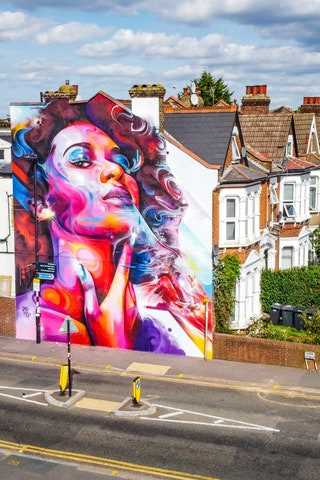
Murals have become one of the main tourist attractions in London. These colorful street paintings have captured both the attention and imagination of locals and visitors alike. With their vibrant colors and intricate designs, murals have found a special place in the hearts of art enthusiasts and those seeking a unique and immersive cultural experience.
One of the reasons why murals have become popular tourist attractions is their ability to tell stories and convey messages. Each mural has its own narrative, whether it’s a reflection of the local community, a tribute to an important person or event, or an expression of artistic freedom. Tourists are drawn to these murals as they provide a glimpse into the city’s rich history, diverse culture, and the issues that matter to Londoners.
Another reason why murals attract tourists is their accessibility. Unlike art galleries or museums, murals are free to view and can be found all across the city. Walking through the streets of London, visitors can stumble upon these striking works of art, turning every corner into a potential discovery. The interactive nature of murals also allows tourists to become active participants in the art, taking photos, sharing their experiences on social media, and creating lasting memories.
Moreover, murals have become iconic landmarks in London. They have transformed ordinary buildings and walls into visually stunning destinations. Locals and tourists alike gather around these murals, creating a sense of community and connection. In some cases, murals have even become meeting points or symbols of a particular neighborhood or district, further enhancing their appeal as tourist attractions.
Overall, murals have added a new dimension to tourism in London. They not only serve as art installations but also as gateways to the city’s history, culture, and creativity. From Shoreditch to Brixton, each neighborhood in London offers its own unique collection of murals, inviting tourists to explore, discover, and connect with the city in a different way. So next time you visit London, make sure to wander off the beaten path and indulge in the beauty and intrigue of these vibrant street paintings.
The Preservation of London’s Murals
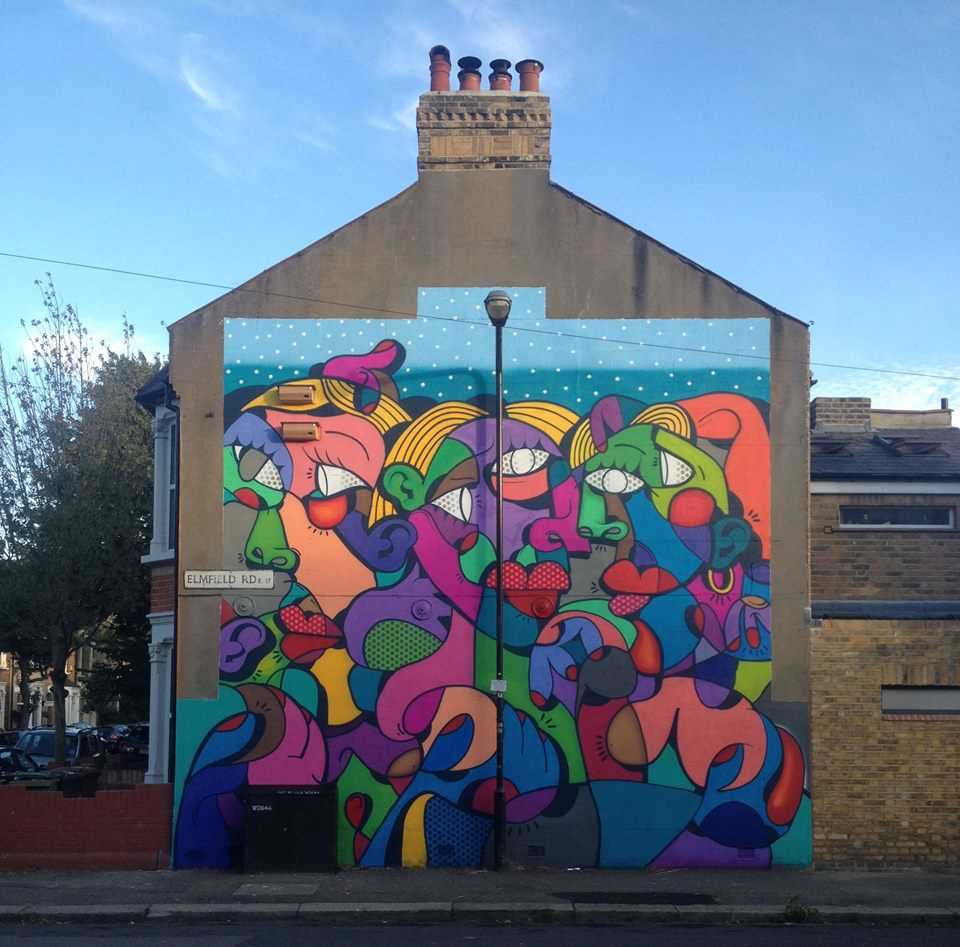
London is known for its vibrant and dynamic street art scene, with murals adorning the city’s walls and adding character to its neighborhoods. These colorful street paintings have become an integral part of London’s identity, attracting tourists and locals alike.
With the ever-changing nature of street art, it is essential to ensure the preservation of these murals for future generations to enjoy. Efforts have been made to protect and maintain these artworks, as they hold cultural and historical significance.
Conservation and Restoration
Conservation teams work tirelessly to restore and preserve London’s murals. These experts carefully clean the paintings, repair any damages caused by weather or vandalism, and apply protective coatings to ensure their longevity.
Conservation work not only helps to maintain the visual appeal of the murals but also safeguards the stories and messages they convey. By preserving these paintings, London can continue to celebrate its artistic heritage and inspire future generations.
Community Engagement
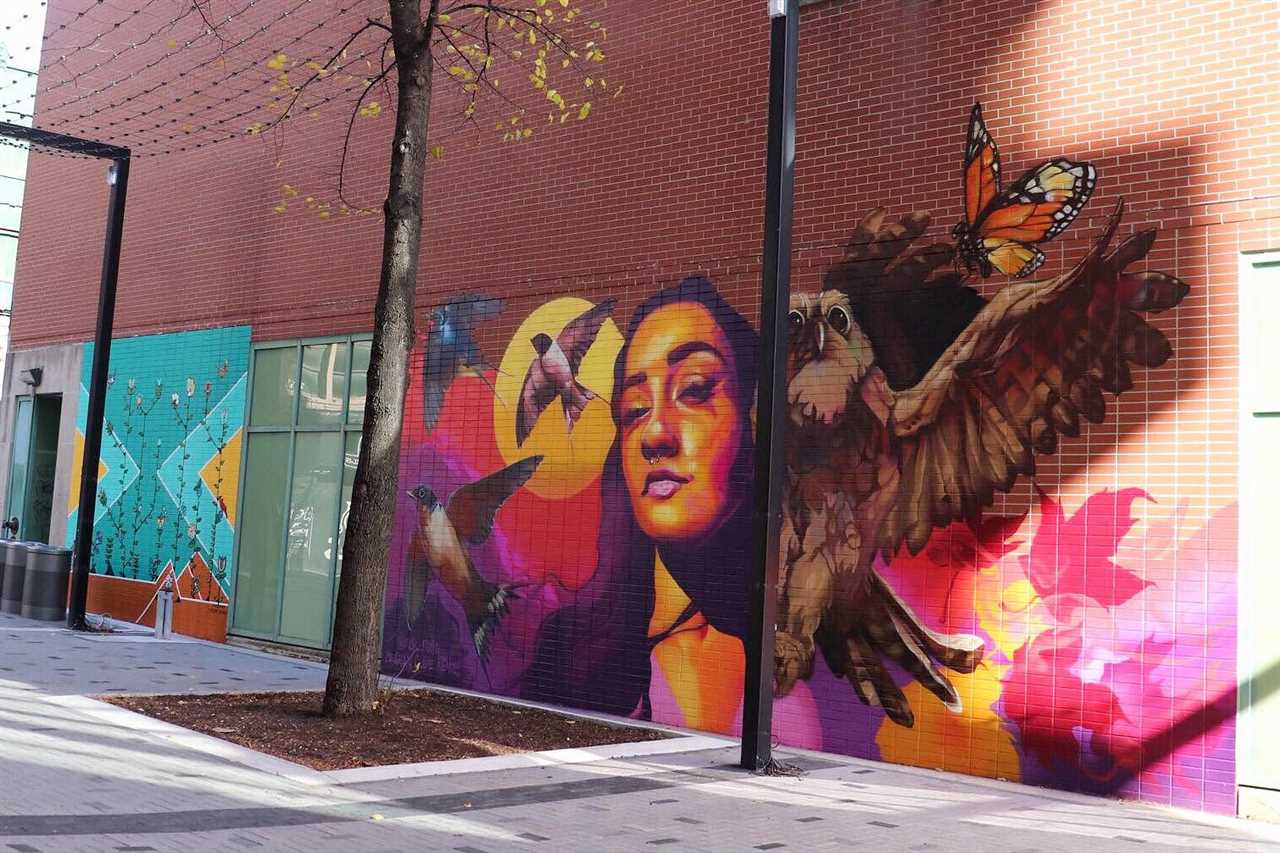
The preservation of London’s murals also relies on community engagement. Local residents and businesses play a crucial role in protecting and maintaining these artworks. They can report any instances of vandalism or damage and help raise awareness about the importance of preserving street art.
Community-led initiatives, such as mural festivals and street art tours, can also contribute to the preservation efforts. These events not only showcase the city’s vibrant art scene but also create a sense of pride and ownership among the local community.
Documentation and Digital Preservation
In addition to physical preservation, documenting and digitally archiving London’s murals is essential. This process involves capturing high-quality photographs, recording the artists’ names and dates, and creating an accessible database for future reference.
Digital preservation allows for wider dissemination of the murals’ images and information, making them accessible to a broader audience. It also serves as a backup in case of damage or destruction, ensuring that the legacy of these artworks lives on even if they are no longer physically present.
The Future of Street Art in London
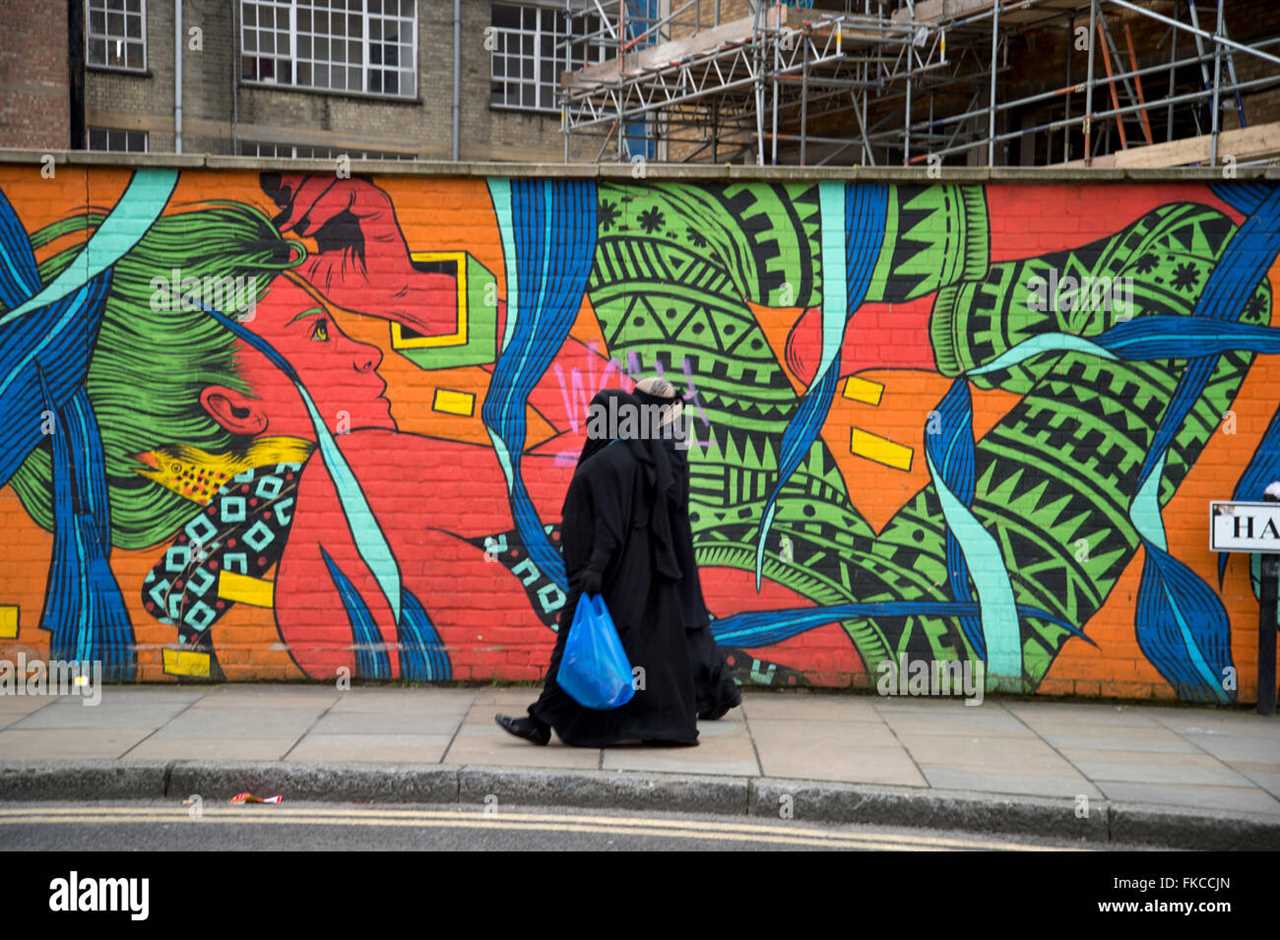
Street art has long played a significant role in defining the cultural landscape of London. From the vibrant murals that can be found in neighborhoods like Shoreditch and Brixton, to the political statements made by artists like Banksy, the city is known for its diverse and dynamic street art scene.
As London continues to evolve and grow, the future of street art in the city is promising. With increasing recognition of street art as a legitimate art form, more and more artists are being given opportunities to showcase their work on public walls and buildings. This not only adds color and beauty to the city, but also allows artists to express themselves and share their stories with a wider audience.
One exciting development in the future of street art in London is the use of technology to enhance the viewing experience. Augmented reality (AR) murals, for example, allow viewers to interact with the artwork through their smartphones or tablets. This creates an immersive and interactive experience, blurring the lines between the physical and digital worlds.
Additionally, there is a growing emphasis on community engagement and social impact within the street art scene in London. Many artists are using their work to address important social issues, such as inequality, racism, and climate change. Street art has the power to spark conversations, provoke thought, and inspire action, and this is being recognized and celebrated in the city.
While there are challenges that come with the future of street art in London, such as gentrification and the risk of commercialization, it is clear that the art form will continue to thrive. London’s unique blend of history, diversity, and creativity provides the perfect canvas for artists to make their mark.
Whether it’s a painted mural, a stencil, or a piece of graffiti, street art will undoubtedly continue to shape and define the city of London for years to come.

I am a mural enthusiast and a fervent admirer of street art. Rather than creating murals myself, I am passionate about collecting them. My love for street art knows no bounds. I am dedicated to curating and cherishing these artworks that grace the streets. My collection stands as a testament to my profound appreciation for this form of artistic expression.
read about me



